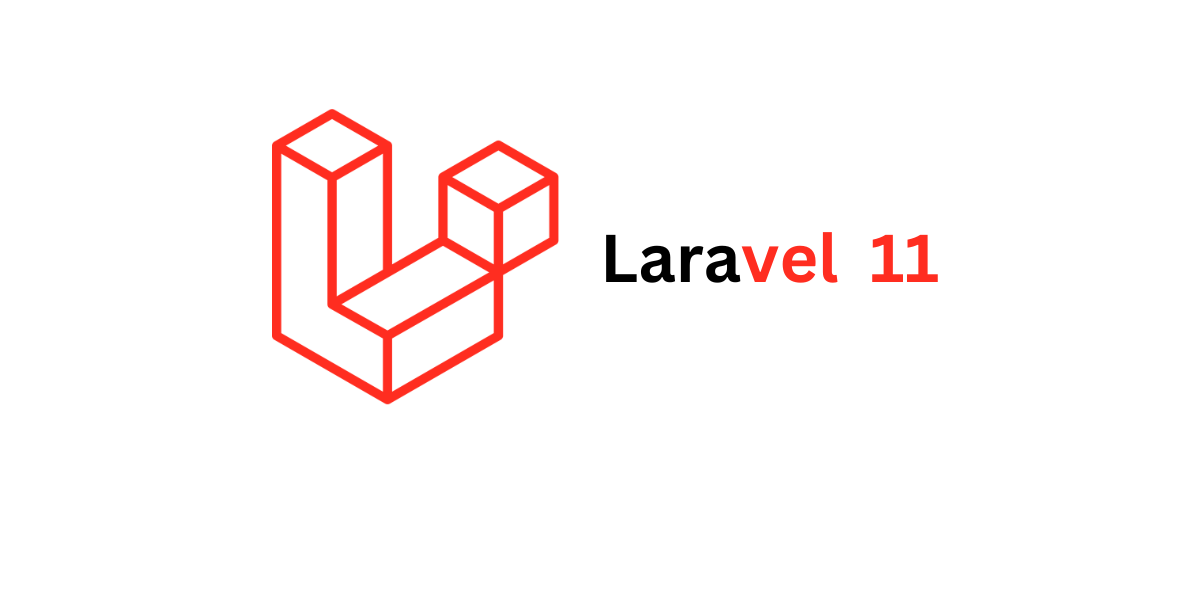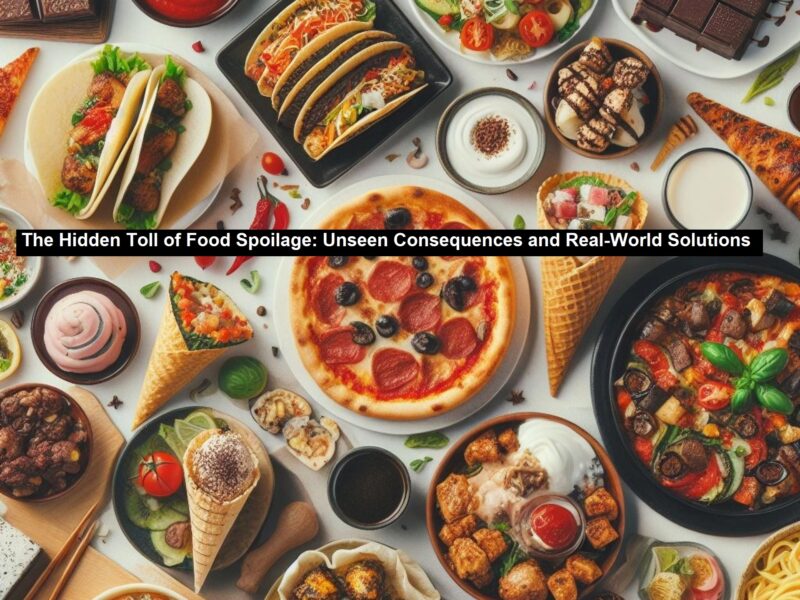Introduction
Whenever a new framework or version is released, developers often wait a few weeks before adopting it. Waiting before migrating to newer versions allows developers to benefit from early-stage issue identification and resolution, ensuring a smoother transition. This pattern is no different with Laravel 11, the latest iteration of one of the most popular PHP frameworks, released in June 2024.
Having been tested for a few months now, Laravel 11 has gained traction among developers and businesses, particularly those ready to implement PHP 8.2 (or other succeeding versions) in production. Its updated features and improvements have made it a key choice for building modern, efficient web applications.
This blog explores the new features in Laravel 11, how it supports evolving business needs compared to other web development frameworks, and what you need to know if you’re planning to upgrade or start a new project.
Why is Laravel an Ideal PHP Framework for Modern Enterprises?
Laravel is a widely used PHP-based application development framework. Despite PHP’s legacy stature, many websites (over 75%) still use PHP as their server-side scripting language and Laravel to build their web apps. Let’s see why.
- Faster Development with Built-in Features
Laravel comes with multiple built-in features for routing, caching, and automating application development tasks. This unification reduces development time and allows you to launch faster and generate revenue sooner.
- Streamlined Multi-Tenant Applications
Laravel is known for robust multi-tenancy support. This allows organizations to structure their apps in different spaces, where each franchise or vertical operates in its own “space.” Consequently, tasks can be isolated for better security handling and concurrency. The best part is that it does not have to be done manually. Laravel offers tools like Eloquent ORM to query and manage tenant data.
Read: Reducing Downtime in Industrial Machinery: A Cost-Effective Approach
- Low Total Cost of Ownership
It is an open-source framework that requires zero licensing or platform fees. This, combined with its easy code reusability abilities, reduces initial application development costs. Moreover, its entire ecosystem of built-in tools for deployment, testing, and debugging also helps businesses save on fixing issues post-deployment when they have a more severe cost implication.
- Ecosystem Fit for Enterprise-Level Projects
Laravel’s ecosystem is perfectly suited for large-scale projects. It offers a number of tools, such as Forge (for server management), Nova (for building intuitive admin panels), Telescope (for debugging and monitoring), and Vapor for cloud scaling. When used in unison, these tools significantly simplify enterprise application development.
What’s New in Laravel 11
Laravel released its latest version—11.x, in June 2024. The new Laravel 11 introduced many new advancements to make the application development process simpler and more efficient.
A New Directory Structure
Laravel 11 comes with a revamped directory structure that simplifies organization. It has stopped supporting certain directories, like app/Exceptions and app/Http/Middleware. Additionally, it has also removed the config folder, altering how you handle app configurations. These structural changes will reduce boilerplate coding, resulting in a cleaner and more maintainable code base.
Improved Debugging with the ‘Dumpable’ Trait
This Laravel 11 feature enables developers to inspect object states more effectively. As debugging capabilities improve, the time spent on spotting and fixing discrepancies reduces. This means fewer interruptions, enhanced productivity, and an overall better application development experience.
PHP 8.2 as the Benchmark Requirement
Laravel 11 does not support PHP 8.1 and other previous versions. While this is a bold move, it ensures that Laravel apps are built on a highly stable, secure, and future-agnostic foundation. PHP 8.2 and other succeeding versions come with features such as readonly properties, disjunctive normal form (DNF) types, and a variety of standalone types (null, false, and true). Together, these features make the application development process less complex and bug-free.
Better Routing
The Laravel 11 update provides improved route handling with diverse route definitions and customization options. It always simplifies the creation of group-related routes and the application of shared settings, such as middleware or URL prefixes.
Enhanced Laravel HTTP Kernel
Laravel HTTP Kernel has been improved for enhanced middleware management and quarry handling. These changes aim to introduce faster response times, resulting in a glitch-free application.
Unified Default Migrations
Previously, Laravel had several default migrations (sets of instructions to track changes in database schema). However, with the Laravel 11 update, default migrations have been confined to only two files: create_users_table.php and create_password_resets_table.php. This compilation will make the directory more navigable and reduce file clutter.
How Laravel 11 Features Support Evolving Business Needs?
These Laravel 11 features simplify the process for developers, making them more efficient and productive. At the same time, using them in your application development process can bring tangible business benefits.
- The new directory structure reduces complexity and makes the code easier to maintain and navigate. This means faster project delivery and lower development costs. You can monitor reductions (using tools like SonarQube) in project timelines compared to previous frameworks or Laravel versions.
- Better debugging capabilities allow developers to identify and resolve bugs more efficiently. This leads to higher application uptime and reduced disruptions. You can validate this by tracking your app’s uptime improvements.
- Setting a mark at PHP 8.2 guarantees that your applications run faster and are better protected against vulnerabilities. You can monitor these improvements in response times and requests per second using tools like Apache Benchmark or JMeter.
- Laravel 11’s improved routing ensures faster load times and smoother user interactions. To validate this, you can use Google PageSpeed Insights to measure load times before and after upgrading to Laravel 11.
- Improved middleware management and query handling equip your website to handle higher traffic without compromising on speed or stability. You can test the maximum number of concurrent users or requests your application can manage using tools like Loader.io.
Comparing PHP Laravel with Other Web Technologies
PHP Laravel vs. Python Django
Laravel performs well for web apps requiring speed and back-end efficiency with robust caching and middleware management. It has a developer-friendly syntax and comes with extensive documentation, making it easier for you to find developers with varying skill levels, from beginners to masters.
On the other hand, Django is a preferred web development technology for data-heavy applications. Using it to handle typical web requests may be unnecessarily complex. Another reason behind this is that it follows strict language conventions, requiring experience and higher-level knowledge.
The Verdict: For versatile business needs, Laravel’s flexibility, ecosystem, and ease of use make it a better all-rounder.
PHP Laravel vs. NodeJS
As you know, Laravel is highly effective for building scalable web apps, particularly those with robust backends; it is widely used for eCommerce platforms, API-first web apps, and enterprise software.
Conversely, NodeJS is a renowned framework that extends JavaScript’s capabilities to the back end. NodeJS is best suited for apps requiring real-time data synchronization, like chat apps, live-streaming platforms, etc. However, its flexibility often requires developers to rely heavily on third-party libraries, adding a layer of complexity to your web development project.
The Verdict: Laravel is a better fit for traditional web apps or complex backends, while NodeJS remains suited for real-time, lightweight, or event-driven use cases.
PHP Laravel vs. Microsoft’s ASP.NET Core
With a focus on flexibility, ease of development, and community support, Laravel has already cemented its top position for simple, traditional web development. Moreover, its compatibility with various hosting providers further reduces development costs, making it ideal for startups as well.
ASP.NET Core, on the other hand, is a powerful framework for resource-intensive, enterprise-grade applications. However, it often comes with higher costs due to dependencies on Microsoft tools and infrastructure.
The Verdict: Laravel is the better choice for cost-conscious businesses that want flexibility and faster development cycles, while ASP.NET Core will work well if you are already invested in the Microsoft ecosystem.
Migrating to Laravel 11: Things you Should Know
Upgrading to Laravel 11 will surely benefit your web application. However, you must consider a few things before making this transition.
- Laravel 11 requires PHP 8.2 as the minimum version. Before migrating, ensure your server environment is compatible. Upgrading PHP might also require checking for compatibility across other applications or dependencies.
- Older projects might rely on packages or dependencies that are no longer supported in Laravel 11. Some packages may need updates or replacements to ensure compatibility with the new version.
- With improvements to routing and middleware management in Laravel 11, certain adjustments may be necessary. You might need to refactor route definitions or middleware configurations to align with the updated HTTP kernel.
- Laravel 11 simplifies how database migrations are handled, but older applications may have custom database setups that need adjustments to align with the new system. Double-check your database structure to avoid any surprises.
- Migrations often require temporary downtime to deploy and test changes. Failing to account for this can disrupt business operations or negatively impact user experiences.
Making this assessment can be a challenging process without the necessary technical knowledge or even bandwidth. The process is even more complex with large-scale or legacy applications. That’s where the right expertise can make all the difference.
To save yourself from the hassle of assessing your web app and then migrating to Laravel 11 without any data loss or disruption, consider partnering with Laravel development service providers. These professional service providers have a team of seasoned Laravel experts, including developers, testers, and migration specialists, and they have established workflows that simplify migration experts. Having worked on multiple projects, they know how to sidestep common migration bottlenecks.
Even if you don’t want an entire team, you can hire Laravel developers to augment your own. This way, you’ll get the extra sets of hands internally.
Final Thoughts
Laravel is a promising application development framework that is still used by many businesses looking for reliable web solutions. It offers a vast ecosystem of tools, libraries, and built-in features to simplify the development process, especially for simple web apps. However, the key to maximizing its value is staying current with all recent updates, including the latest PHP versions. This is even more important in a market where user preferences and technologies are always evolving. But, with proper knowledge of the latest technologies and versions to back up your project, you can build high-performing PHP-based web apps that are custom-fit for your business.
Author Bio:
Nathan Smith is a Technical Writer at TechnoScore with extensive knowledge in software documentation, API guides, and user experience. Nathan’s expertise covers Application Development, DevOps, and Staff Augmentation (Hire mobile app developers, hire WordPress developers, and hire full stack developers etc.).



